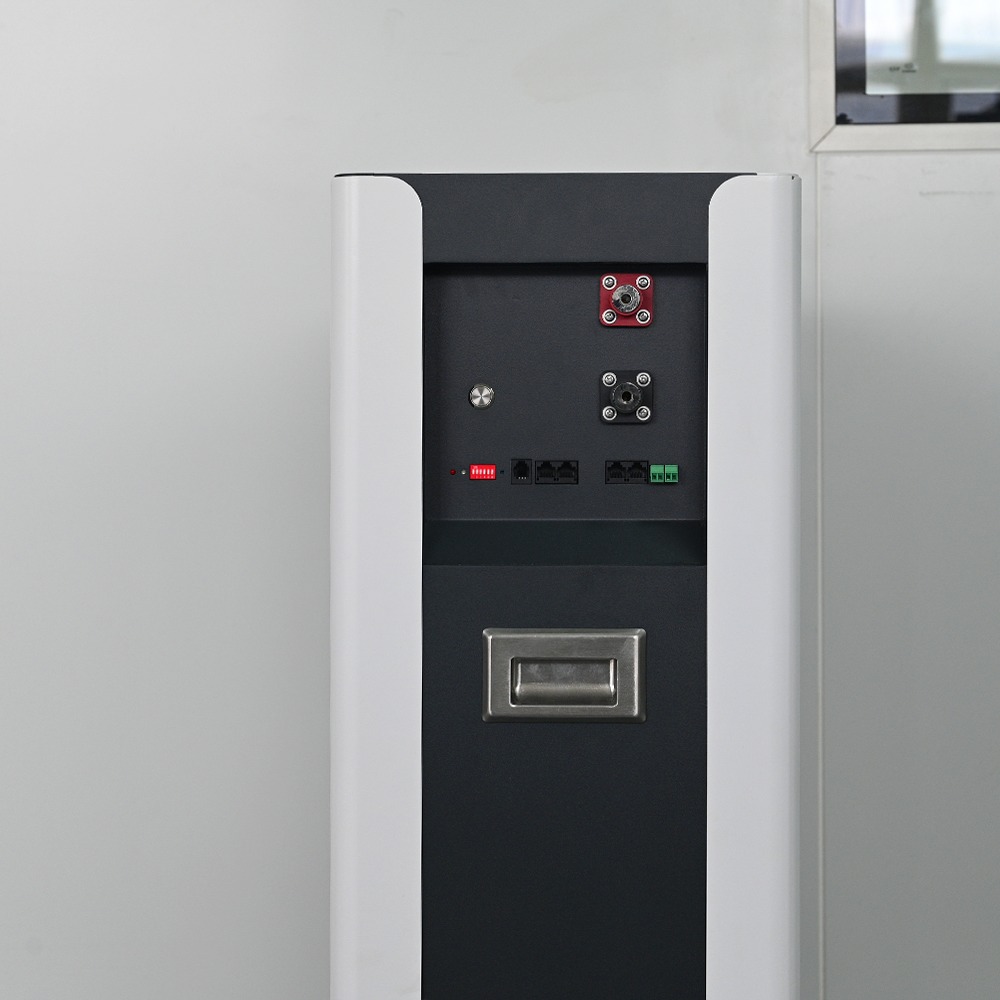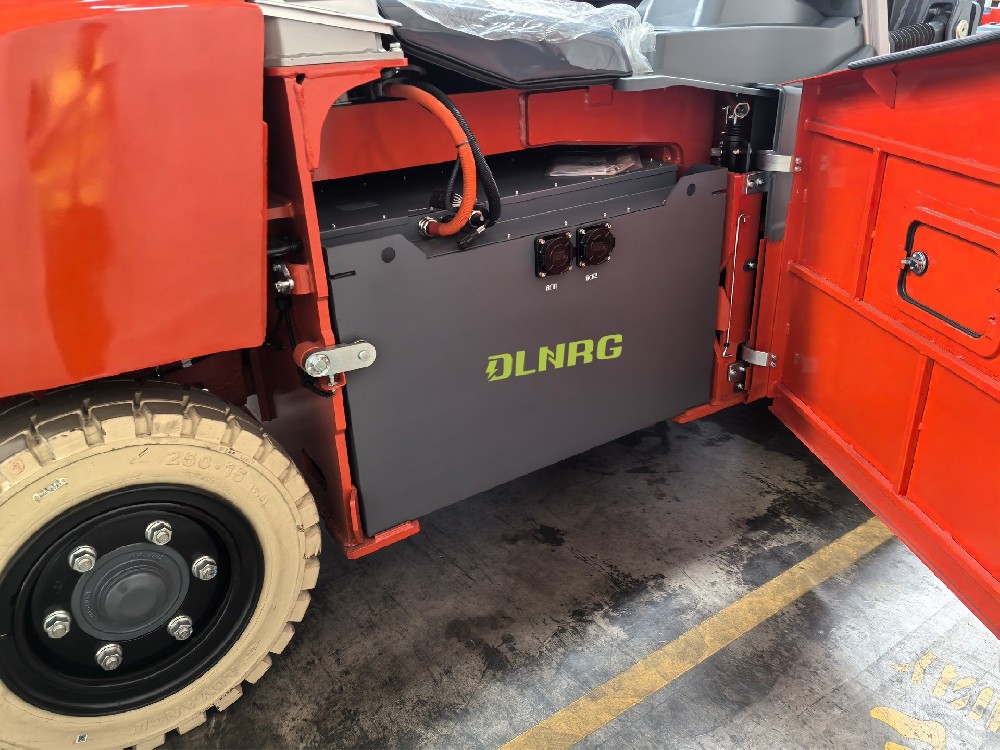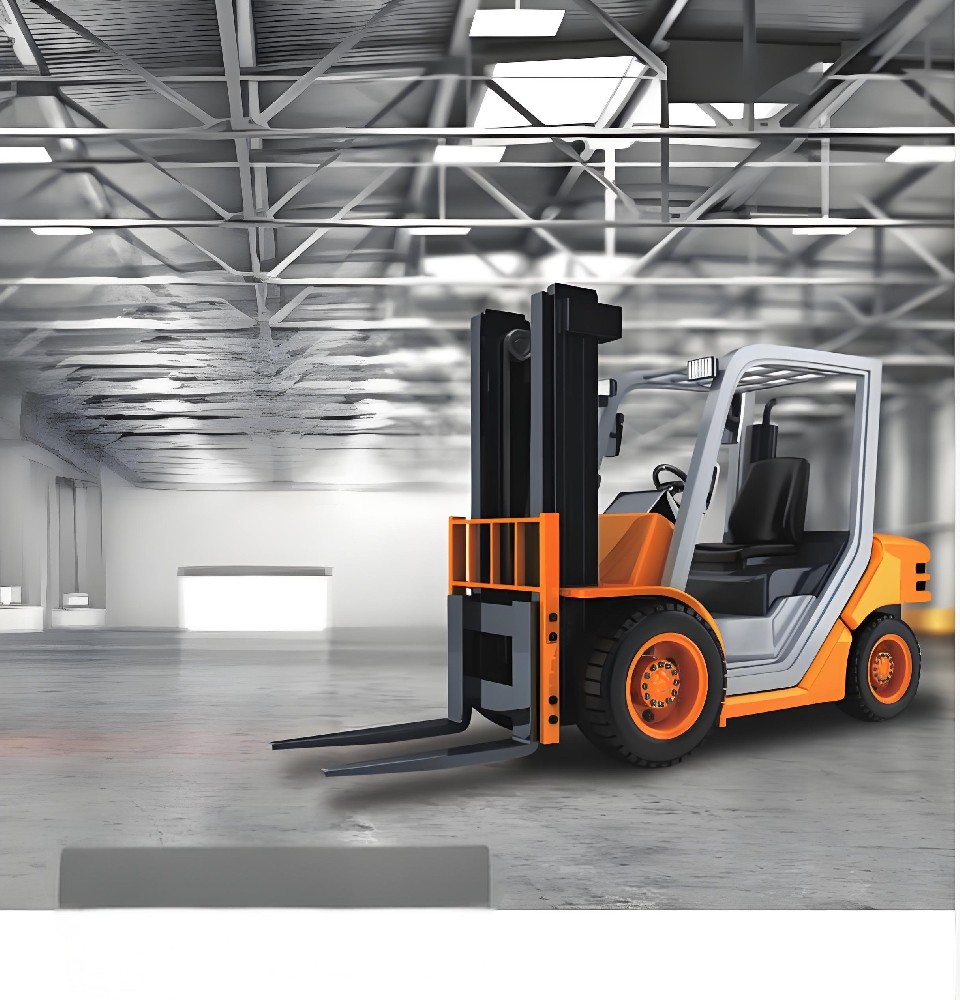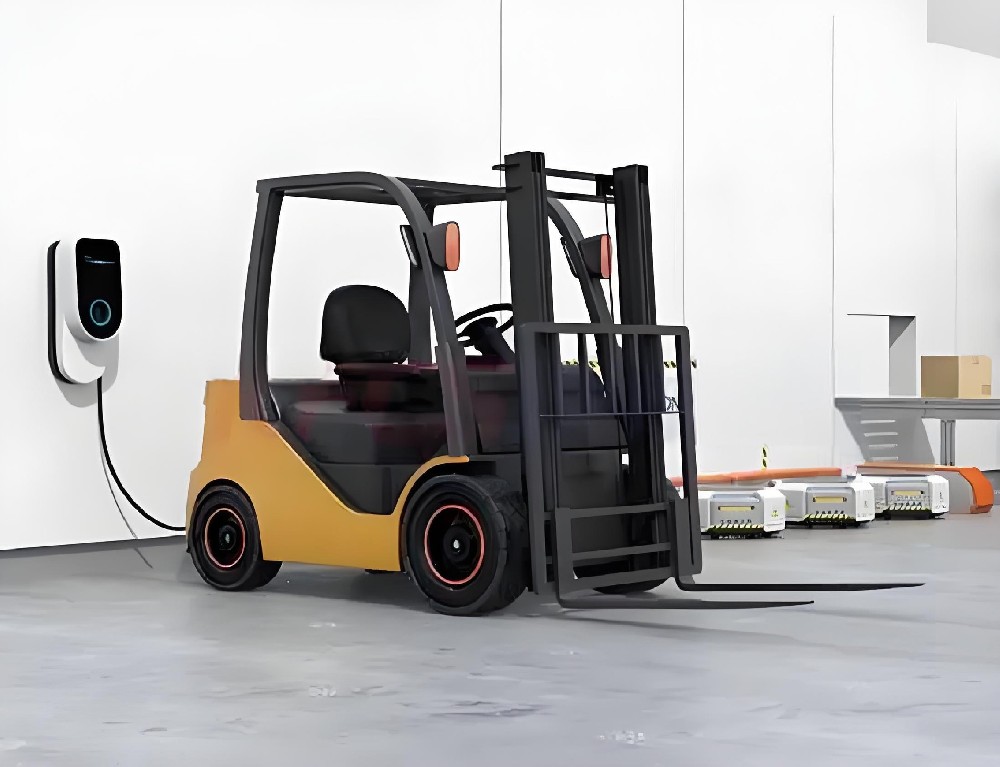The forklift Battery EMS (Energy Management System) management system is a collection of software and hardware specifically designed to monitor, control, analyze and optimize the performance and operating status of forklift batteries. This system is essential to ensure the safe, stable and efficient operation of forklift batteries, especially in today's increasingly popular electric forklifts. The following are several key aspects of the forklift battery EMS management system:
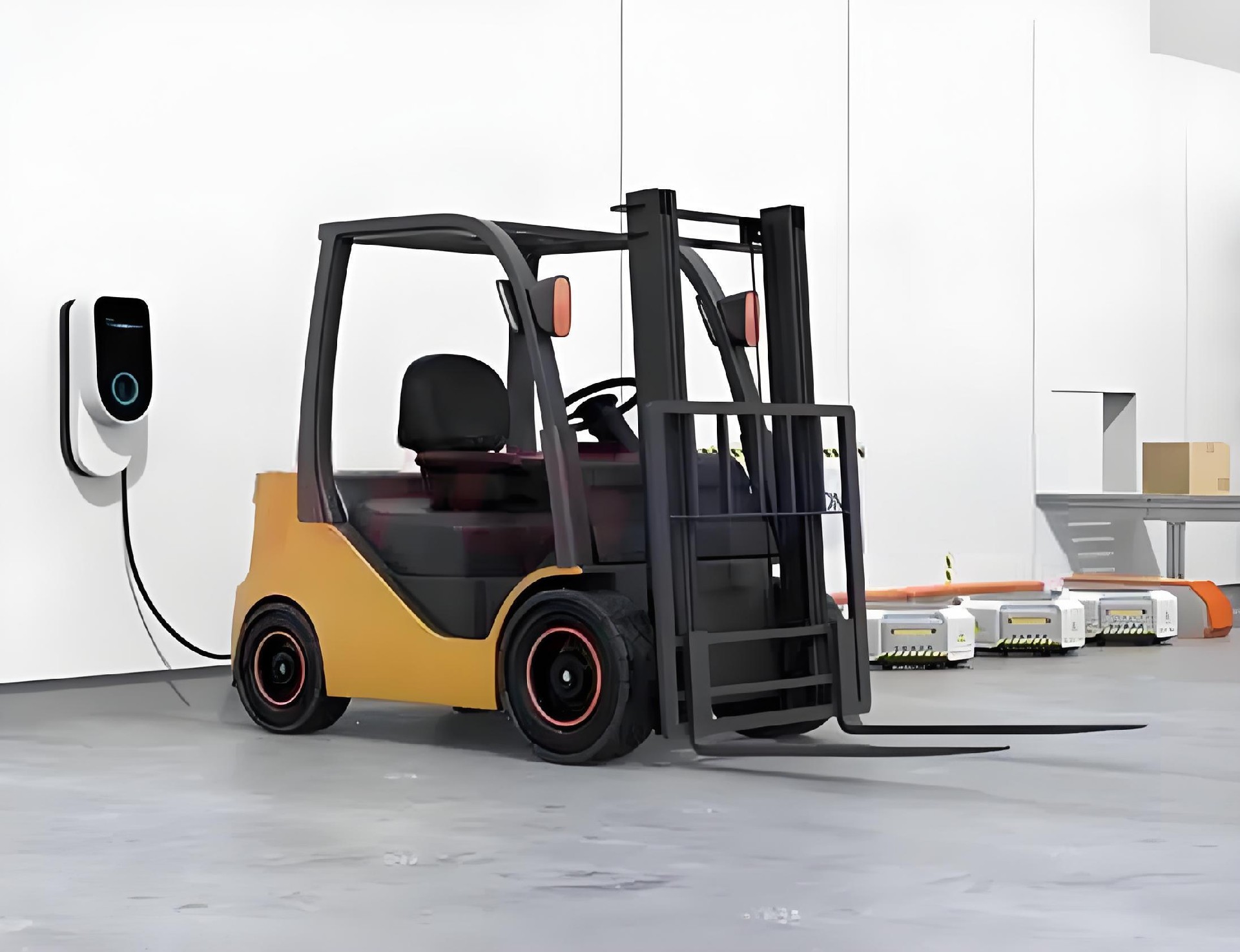
I. Overview of the system
The EMS management system of forklift battery realizes the full control of the operating state of the battery through real-time monitoring of the battery's charging and discharging status, temperature, voltage, current and other key parameters. It uses advanced algorithms and data processing technology to evaluate battery performance, and accordingly develops and optimizes charging and discharging strategies to extend battery life and improve service efficiency.
Two, the main function
Monitoring and control:
Real-time monitoring of battery charging and discharging state, temperature, voltage, current and other key parameters.
Control the charge and discharge process of the battery to ensure that the battery is operating within a safe range.
State estimation and performance evaluation:
The state of the battery is estimated by the algorithm, including the remaining capacity and health degree.
The performance of the battery was evaluated to provide the basis for optimizing the charging and discharging strategy.
Safety Management:
It includes over temperature protection, over charge protection, over discharge protection and other safety protection measures to prevent battery damage or safety accidents.
Monitor the abnormal situation of the battery, such as short circuit, open circuit, etc., and send alarm information in time.
Data acquisition and analysis:
Battery operation data is collected, analyzed and processed to identify performance trends and potential problems.
Provide data support to help users better understand the health of the battery.
Intelligent scheduling and Optimization:
According to the working requirements of forklift trucks and battery status, intelligent scheduling of battery charging and discharging process to improve energy efficiency.
Optimize the charging and discharging strategy, reduce the attenuation and loss of the battery, and extend the battery life.
Fault diagnosis and maintenance:
Monitor battery faults, provide fault diagnosis reports, and assist maintenance personnel to solve problems in time.
Predict maintenance times to reduce downtime due to battery failure.
3. Application scenarios
Forklift battery EMS management system is widely used in various electric forklift scenarios, including warehouses, logistics centers, factories and so on. In these scenarios, electric forklifts require frequent loading and unloading operations, which require high battery performance and stability. By introducing the EMS management system, the real-time monitoring and intelligent control of the battery operating status can be realized, and the operation efficiency and safety of the electric forklift can be improved.
Iv. Summary
Forklift battery EMS management system is an indispensable part of modern electric forklift. It ensures the safe, stable and efficient operation of the battery through real-time monitoring, intelligent scheduling and optimized control functions. With the popularization of electric forklifts and the continuous development of technology, the application prospect of forklift battery EMS management system will be broader.


